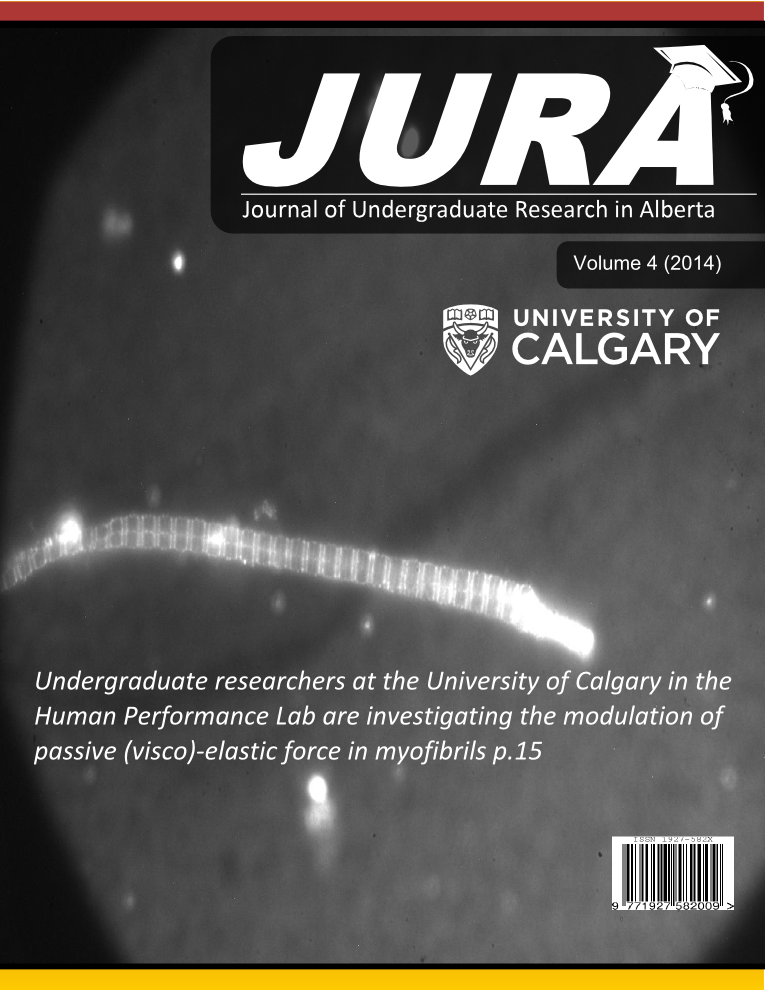Determining Expression Levels of the Inflammatory Marker IL-8 in Human Alveolar Basal Epithelial A549 cells following exposure to amorphous Silicon Dioxide Micro- and Nanoparticles in the presence of IL-1B
Abstract
Exposure to nanoparticles and micro particles can have adverse health effects, particularly for the increasing population with pre-existing inflammatory lung conditions such as COPD or asthma. This is of concern in the light of an increased usage of fine particles in the workplace and in consumer products. We studied how pre-existing inflammation and particle exposure are interdependent in cell cultures of A549 cells. A549 cells are immortalized human alveolar basal cells that closely resemble Type II lung epithelial cells. IL-1β was used to induce an inflammatory response and was assessed by measuring interleukin 8 (IL-8). IL-8 is an important pro-inflammatory cytokine expressed in respiratory cells in the human lung, including environmental insults by particles and is associated with neutrophil recruitment. The results indicated that the amorphous silicon dioxide nanoparticles and microparticles alone did not elicit the release of IL-8 or produce inflammation in A549 cells. Also, it was determined that in the presence of inflammation, even brief particle exposure has no enhancement on the inflammatory effect. We speculate that uptake and transcytosis is an efficient clearance mechanism for particles small enough to reach the peripheral lung, where the “mucocilliary elevator” is absent. This clearance mechanism is not associated with inflammation, and thus, prevents unnecessary damage to the lungs.
Downloads
References
http://www.thehealthj.com/vol_221107.html
[2] Lieber, M., Smith, B., Szakal, A., Nelson Rees, W., & Todaro, G. (1976). Continuous tumor-cell line from a human lung carcinoma with properties of type-ii alveolar epithelial cells. International Journal Of Cancer, 17(1), 62-70.
http://onlinelibrary.wiley.com/doi/10.1002/ijc.2910170110/abstract
[3] Hetland RB, et al. (2000). Mineral and/or metal content as critical determinants of particle induced release of IL-6 and IL-8 from A549 cells. Journal of Toxicology and Environmental Health, 60(1), 47-65.
http://www.tandfonline.com/doi/abs/10.1080/009841000156583#.UutHOPldV1Y
[4] Bhatia M and Moochhala S. (2004). Role of inflammatory mediators in the pathophysiology of acute respiratory distress syndrome. Journal of Pathology. 202: 145-156.
http://onlinelibrary.wiley.com/doi/10.1002/path.1491/abstract
[5] Tehranian S. (2011). Adhesion and uptake mechanisms of amorphous silica micro and nanoparticles in an in vitro model of human alveolar epithelial cells.
Downloads
Published
Issue
Section
License
Authors retain all rights to their research work. Articles may be submitted to and accepted in other journals subsequent to publishing in JURA. Our only condition is that articles cannot be used in another undergraduate journal. Authors must be aware, however, that professional journals may refuse articles submitted or accepted elsewhere—JURA included.


